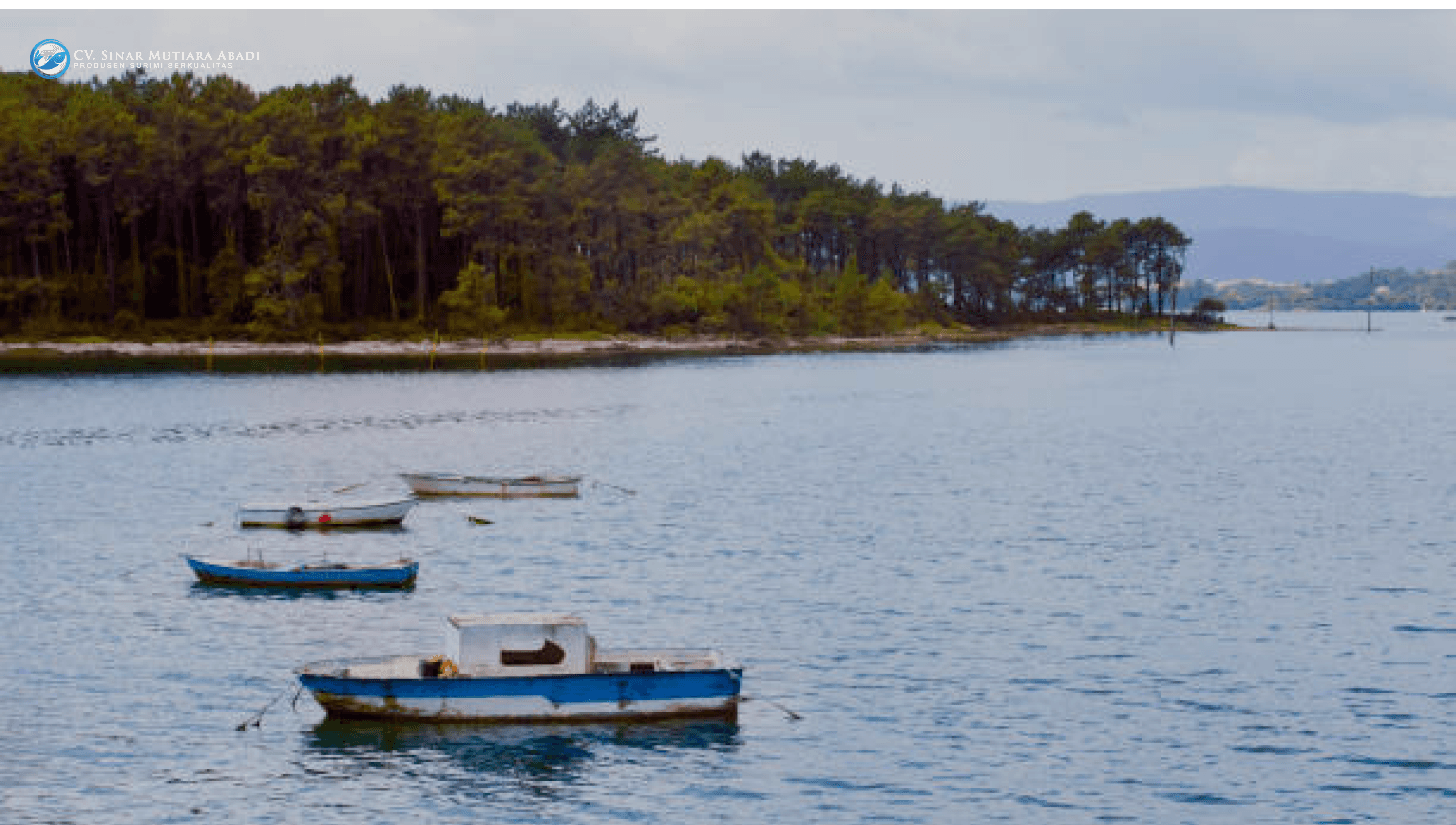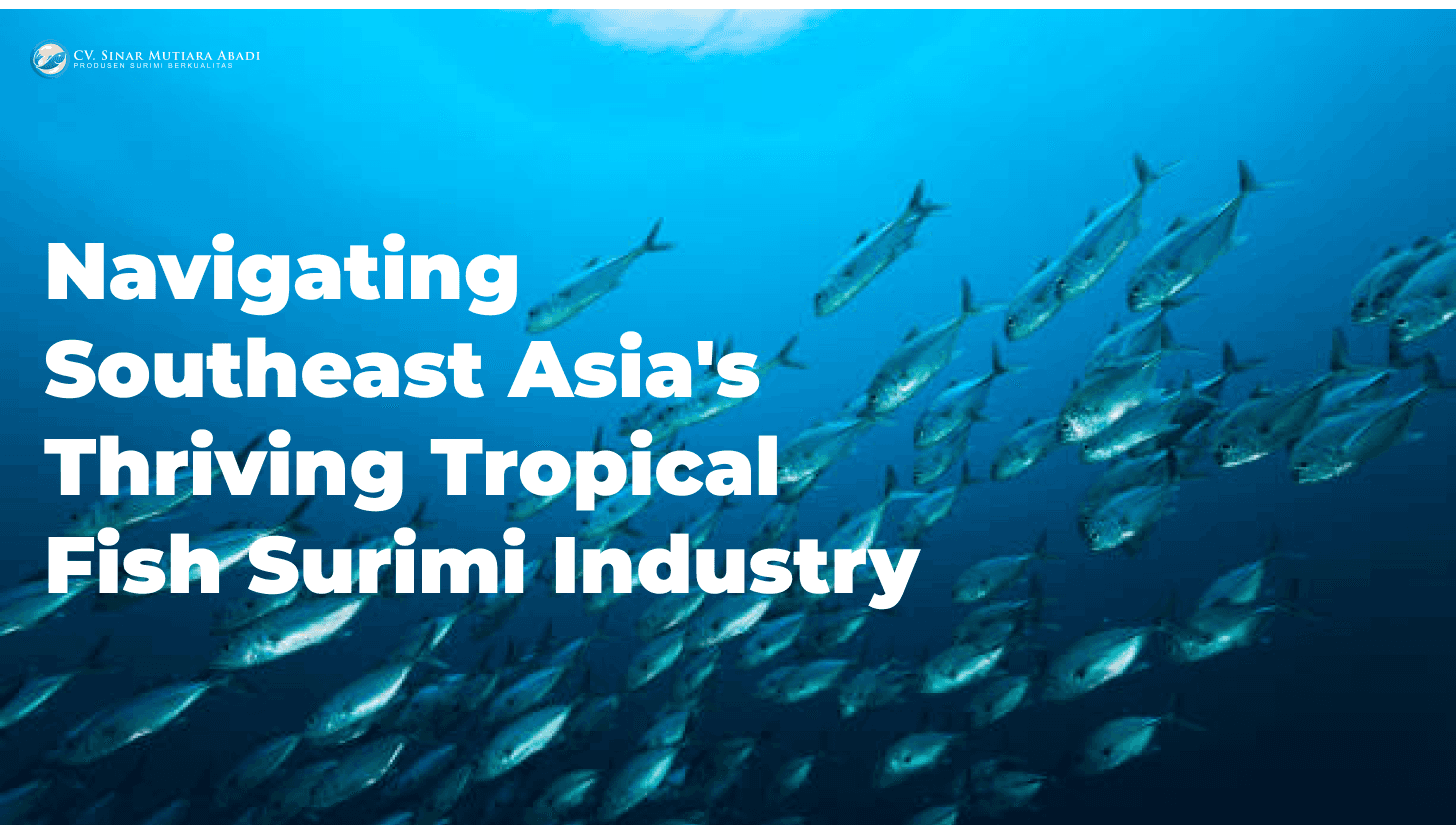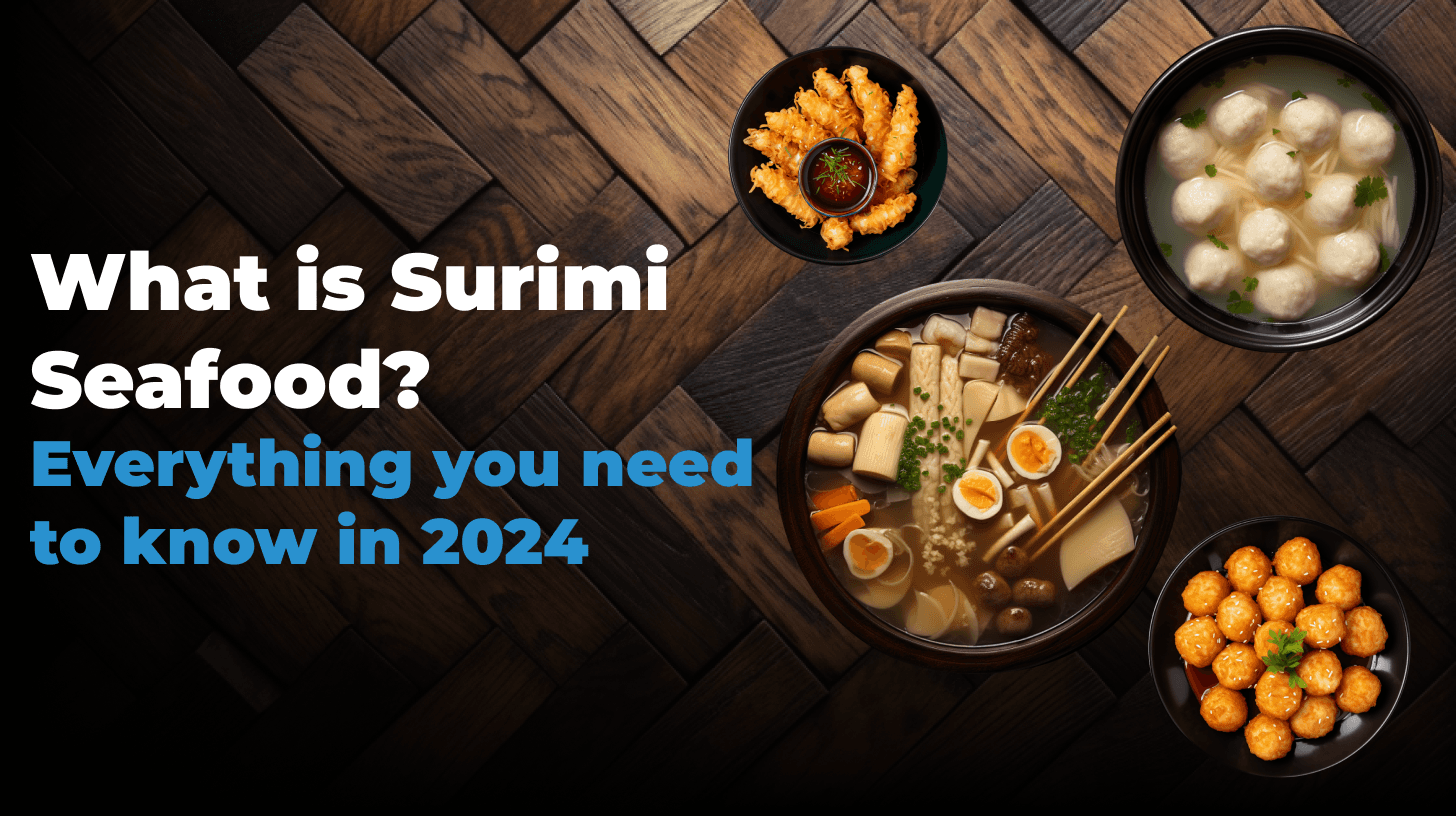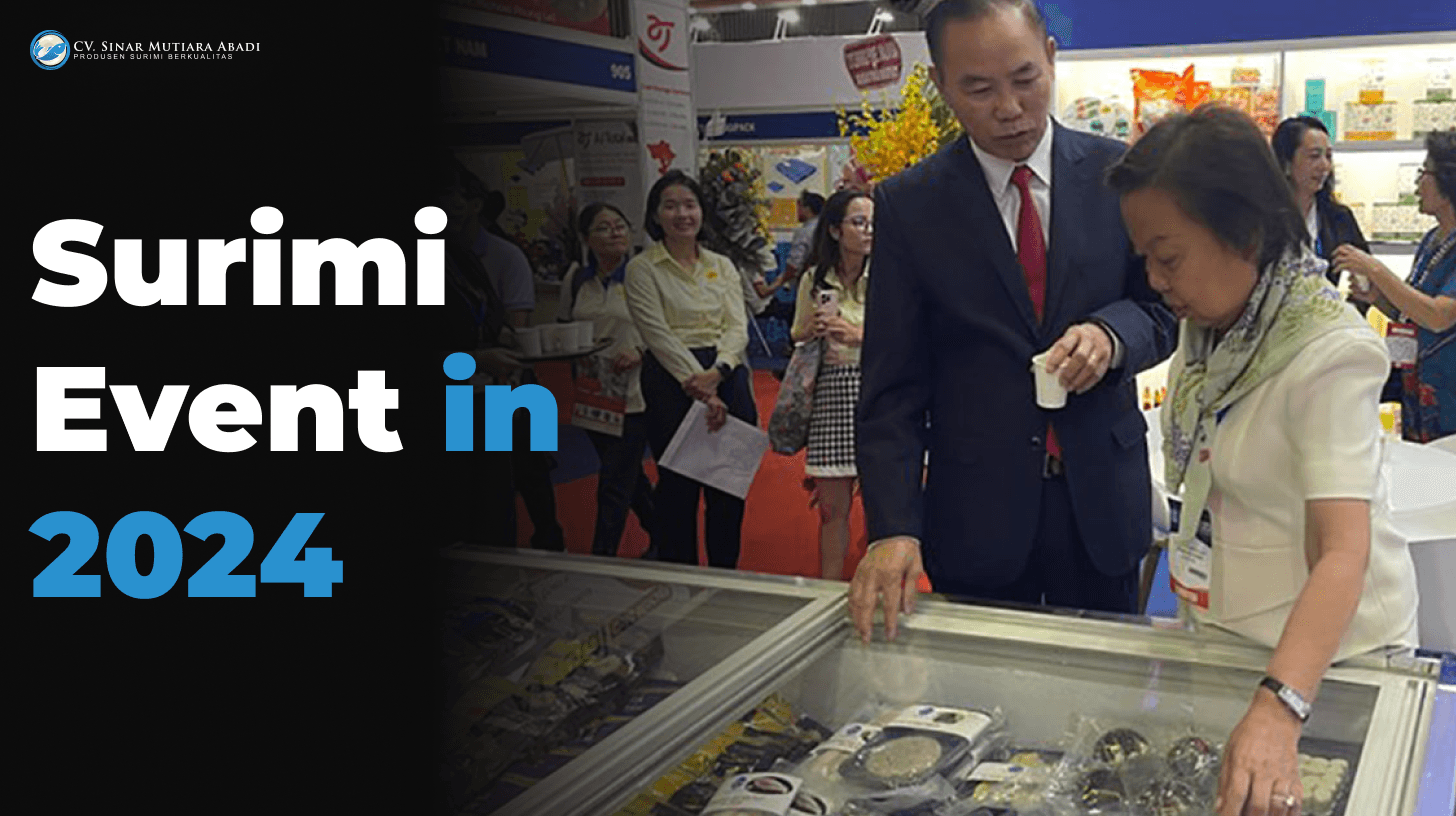Jul 12, 2024
Southeast Asia’s tropical fish surimi industry is now thriving through its active production to fulfill the rise of global seafood product demand.
This region has been playing a role in expanding the surimi industry in recent years with its rich tropical fish species producing tropical surimi products.
Southeast Asia also supports sustainable fishing practices with traditional techniques and obtains fresh tropical fish as the raw material for a better quality of surimi at the same time.
The market dynamics and production trends of the surimi industry in this region depend on several factors, and there is still a great chance to have a bright future in a few years.
Surimi Production Overview

Surimi's versatility has made it famously known as the key ingredient in various cuisines around the world.
The surimi production itself consists of several steps, from washing to refining. All the fish used as raw material must go through a proper washing process and dewatering to maintain the quality of the fish.
Then there is the mincing and deboning process that needs to go through before the refining process, where the refiners will make sure the surimi is clean by removing any contaminants during the process.
Surimi production can be said to be the root of all imitation seafood production, such as crab sticks, fish balls, and many more. That’s why surimi is considered to play an important role in making all these products.
Key Tropical Fish Species
Threadfin Bream
Threadfin bream is one of the famous tropical fish used in surimi production. In Japan, this species is also known as itoyori.
Threadfin bream has been popular as an easy-to-process species, making it more preferred in Southeast Asia than Alaska pollock.
Big Eye Snapper
The big-eye snapper is also known as kintokidai in Japanese. This species has a longer shelf life in ice compared to threadfin bream.
Two different types of big-eye snappers can be found in Southeast Asia. The first one is the larger size, 100–200 g with a red color, which gives white meat and high gel. The second is the smaller one, around 30-70 g, with a grayish color, darker meat, and low gel.
Croaker
Croaker, or guchi in Japanese, has two main species. These are jewfish (kiguchi) and croakers (shiroguchi).
However, in the sub-tropical areas of Japan, China, and Taiwan, the croaker species that are commonly used are the blackmouth croaker, white croaker, and yellow croaker.
Lizardfish
Lizardfish, known as Eso in Japanese, is considered a high-grade raw material for tropical surimi production. This species offers high meat yield, white color, unique flavor, and firm gel-forming ability.
Fun Fact: In Thailand, lizardfish is mixed with threadfin bream itoyori to produce surimi seafood products such as crab sticks and fish balls. It is also commonly used for dried fish snacks.
Goatfish
Goatfish are commonly found in Southeast Asian countries like Thailand, India, Vietnam, and Indonesia.
The smaller fish is the one that is used to produce surimi, which is called himeji in Japanese. This species is slightly pinkish and usually has low gel strength.
Sea Bream
The sea bream is another tropical fish species. Sea bream has two main species, such as yellowback seabream and threadfin porgy.
Sea bream has been famously used in the surimi industry because it has a similar high quality to threadfin bream surimi, a high gel, and a white color.
Ribbon Fish
Ribbon fish, or hairtail, is commonly found in coastal waters and trawling grounds. This species is typically sized around 70–90 cm, with the biggest one being 110 cm.
This species has a low gel-forming ability and generally has a dark color. But ribbon fish is popularly used in Korea and Japan for fried surimi seafood products.
Fishing Practices in Southeast Asia

Traditional ways of fishing, now known as artisanal fisheries, are still used a lot in Southeast Asia.
Gillnetting, longlining, and trap fishing are the most prevalent ones in Southeast Asia due to their sustainability.
Since the fish they catch are fresher, small-scale fishermen favor these methods to obtain the raw materials for tropical surimi production.
Market Dynamics in Southeast Asia’s Surimi Industry
There are numerous factors that have a significant impact on the surimi market in Southeast Asia. One of the main factors is the high demand for surimi products in countries with high seafood consumption, such as China.
China has been leading the world in fish and seafood product consumption, making tropical surimi products one of its popular options to seek. The demand for surimi in this country has directly played a role in driving the surimi market in Southeast Asia.
It can't be denied that China is not the only one with rising seafood product consumption. The high demand for seafood products in Southeast Asian countries also led the surimi industry in this region to positively grow.
Other than that, the competition between Southeast Asia and other regions or even states, such as Alaska, for surimi production also plays a role in shaping its surimi market.
Alaska has been famously known for its pollock surimi production. In 2021, Alaska produced pollock surimi up to 152,087 metric tons to fulfill market demand.
Meanwhile, tropical surimi, all species united as one, was estimated to reach 518,450 metric tons of production by that time. But, in fact, itoyori, kintokidai, guchi, eso, himeji, sea bream, and ribbon fish were individually produced much lower than Alaska pollock surimi, which might affect the surimi market dynamics in Southeast Asia.
The global market conditions may also influence the surimi market in certain regions. Things that happen on the global market, like the global economy, currency exchange rates, and trade deals, might affect surimi production and distribution, as well as its market profitability among Southeast Asian countries.
Surimi Production Trends
Southeast Asia is known for its rich tropical fish resources. Countries in this region, including Thailand, Indonesia, and Vietnam, have been contributing to the surimi industry as the major producers of tropical surimi.
In recent years, loads of data have shown the growth of the surimi industry through a steady increase in surimi production volumes. Experts also predicted that this increase would continue to grow until 2030, including for surimi seafood products.
The rise of seafood products among consumers around the world will also take part in expanding surimi production both in Southeast Asia and globally.
Future Outlook

The future of Southeast Asia’s tropical fish surimi industry depends on several factors.
Market demand has become one of them. Surimi producers in Southeast Asian countries need to keep up with the trend among consumers globally, mainly in the seafood industry.
Another factor is sustainability, which becomes more important for the surimi industry to keep growing steadily in the few years ahead.
Therefore, Southeast Asian producers must commit to sustainable fishing practices, which will be beneficial not only for the marine ecosystems but also to attract more surimi consumers.
The Surimi industry can also keep improving by adopting advanced technologies. Being aware of technological advancements will lead Southeast Asian producers to the possibility of innovations, from fishing techniques to processing methods for better surimi quality.
The tropical fish surimi industry in Southeast Asia has a bright future to keep expanding its market. This region can remain a key player in the global demand for seafood products by continuously being open to innovations and utilizing its tropical fish sources at their best.

Adress: Gajah Mada KM 4, Banyudono, Kaliori, Rembang 59252
Phone Number: +62 822 98989 169
E-mail: marketing@sinarmutiaraabadi.co



